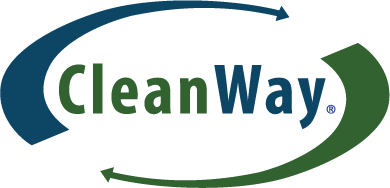
As part of a storm drain system, catch basins—as well as catch basin insertsand filters—prevent the accumulation of standing water and flooding. These features prevent water from pooling on roadways, fields, parking lots, or other surfaces. They also can be used to remove contaminants from stormwater runoff, keeping water sources clean. Below are some things you should know about these systems.
HOW DOES A CATCH BASIN WORK?
When constructing drainage systems, catch basins must be installed properly to function well. The grate should be even with the surface of the ground and connect to a belowground compartment. Stormwater will run into the compartment below and through the outlet pipe that drains the water.
The number of storm drains, required for efficient drainage depends on how much water can be expected during peak periods. For instance, in areas where snowmelt creates a high amount of water, more basins will be necessary. The slope of the ground and the average amount of rainfall will also affect this number.
WHAT ARE CATCH BASIN INSERTS & FILTERS?
Catch basin inserts are used to capture and retain stormwater pollutants. The inserts use a strainer and catch basin filters to remove debris, including heavy metals, sediments, and trash. This pre-treatment removes contaminants from storm water runoff, meeting environmental standards. They can be inserted retroactively or during initial construction of the system, offering a solution to problems that may otherwise pollute water sources and make your company fail water quality standards.
If your business or municipality requires these stormwater treatment systems, reach out to CleanWay Environmental Partners in Portland, Oregon. For more than 20 years, we’ve been helping businesses across the nation comply with water quality regulations. Our team of professionals will even show you how to maintain and care for your catch basin inserts and filters. Give us a call today at (800) 723-1373 for more information, or visit us online to learn more.
